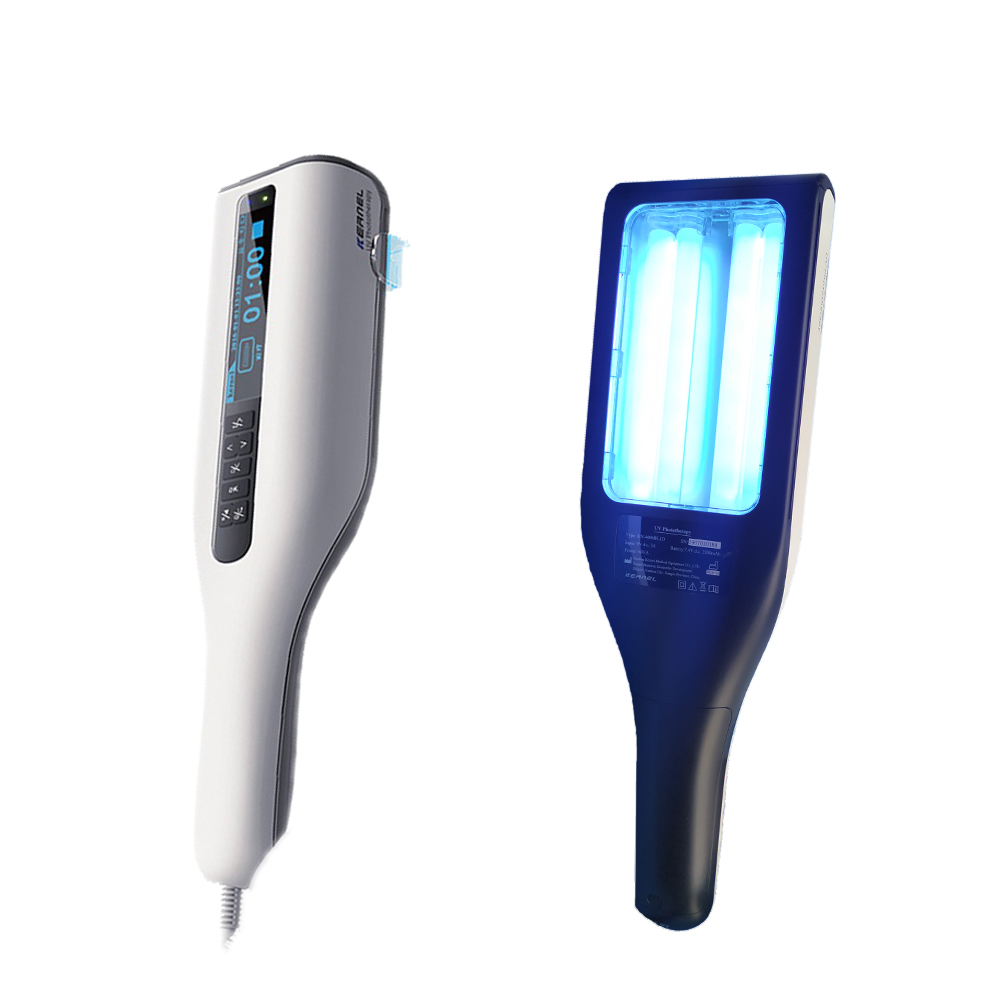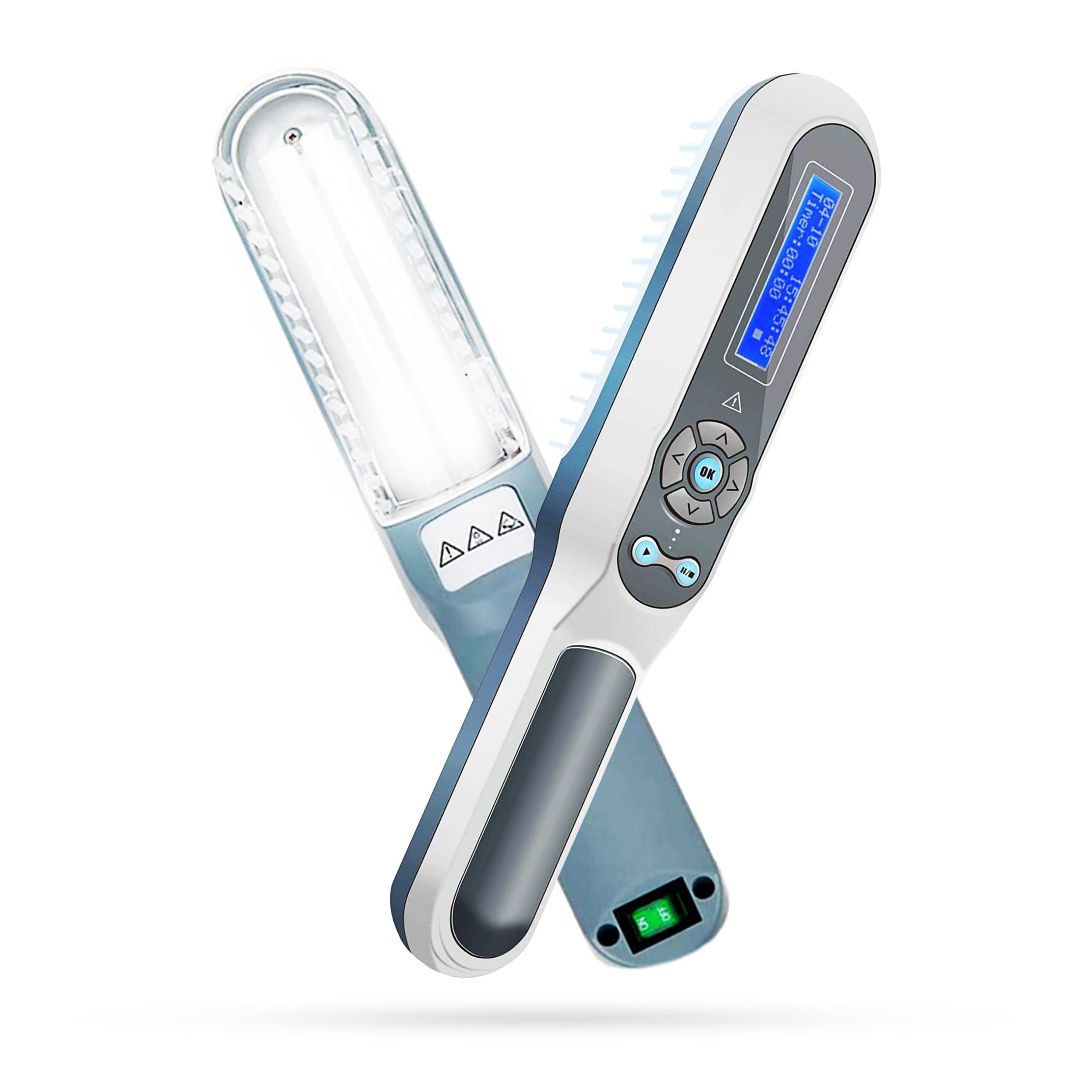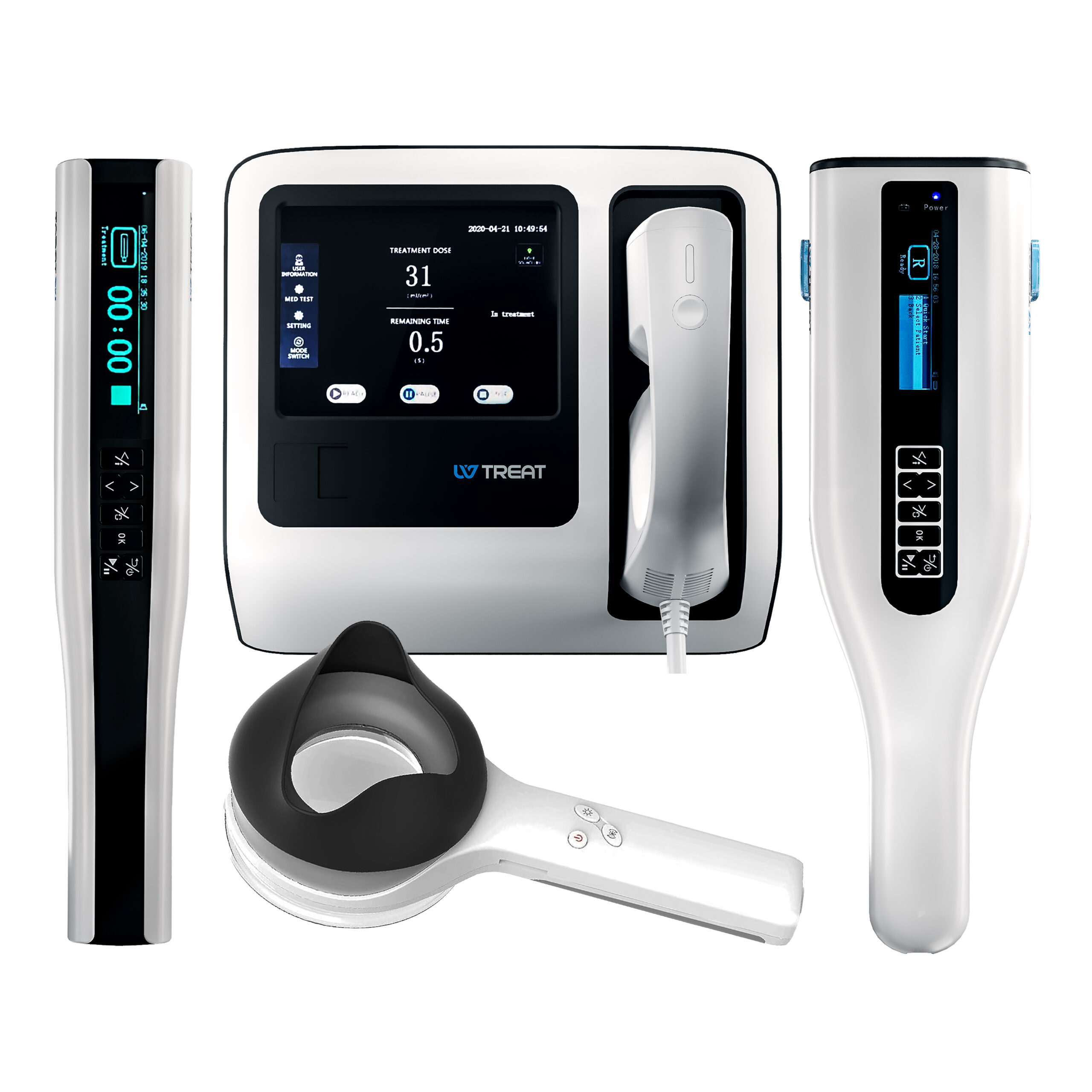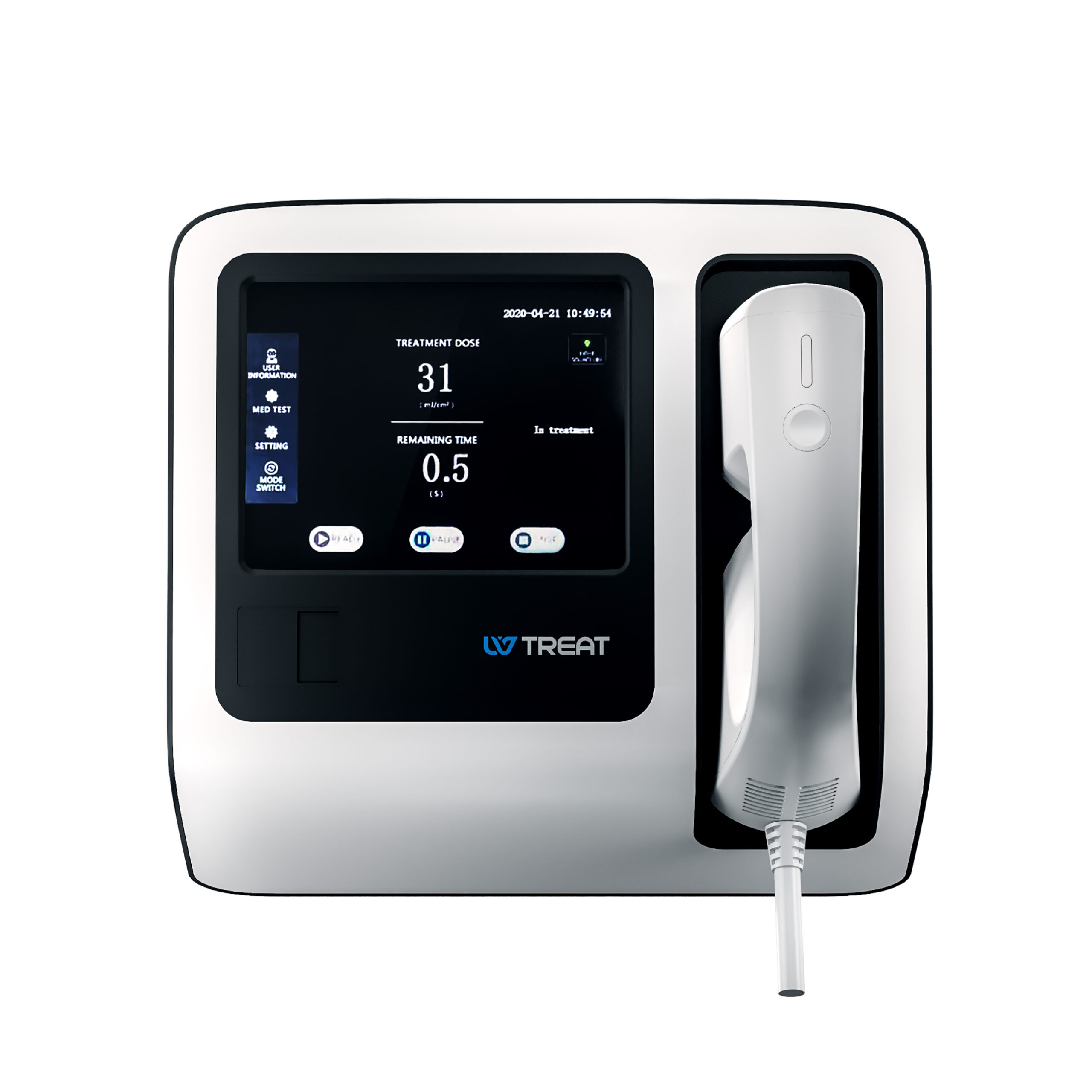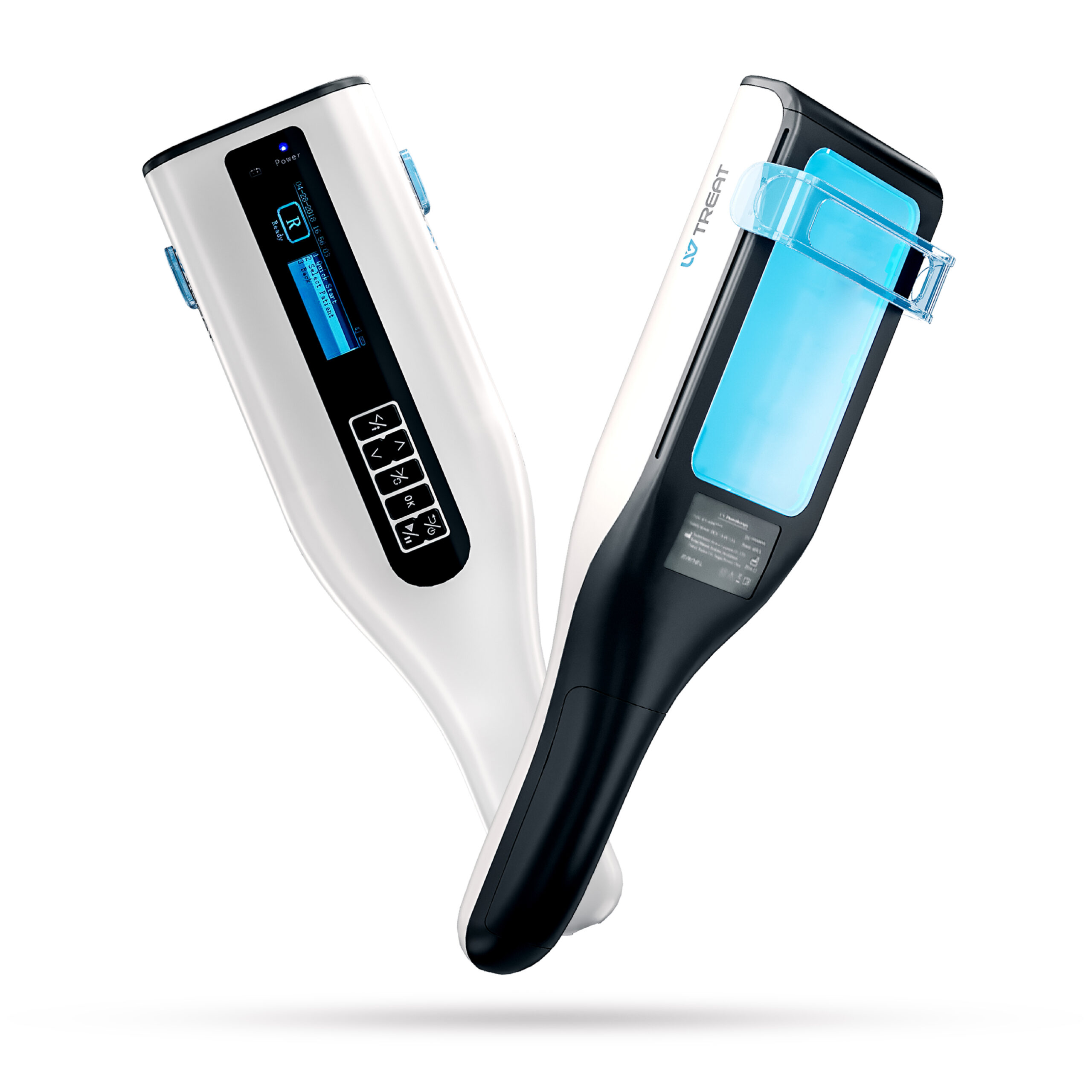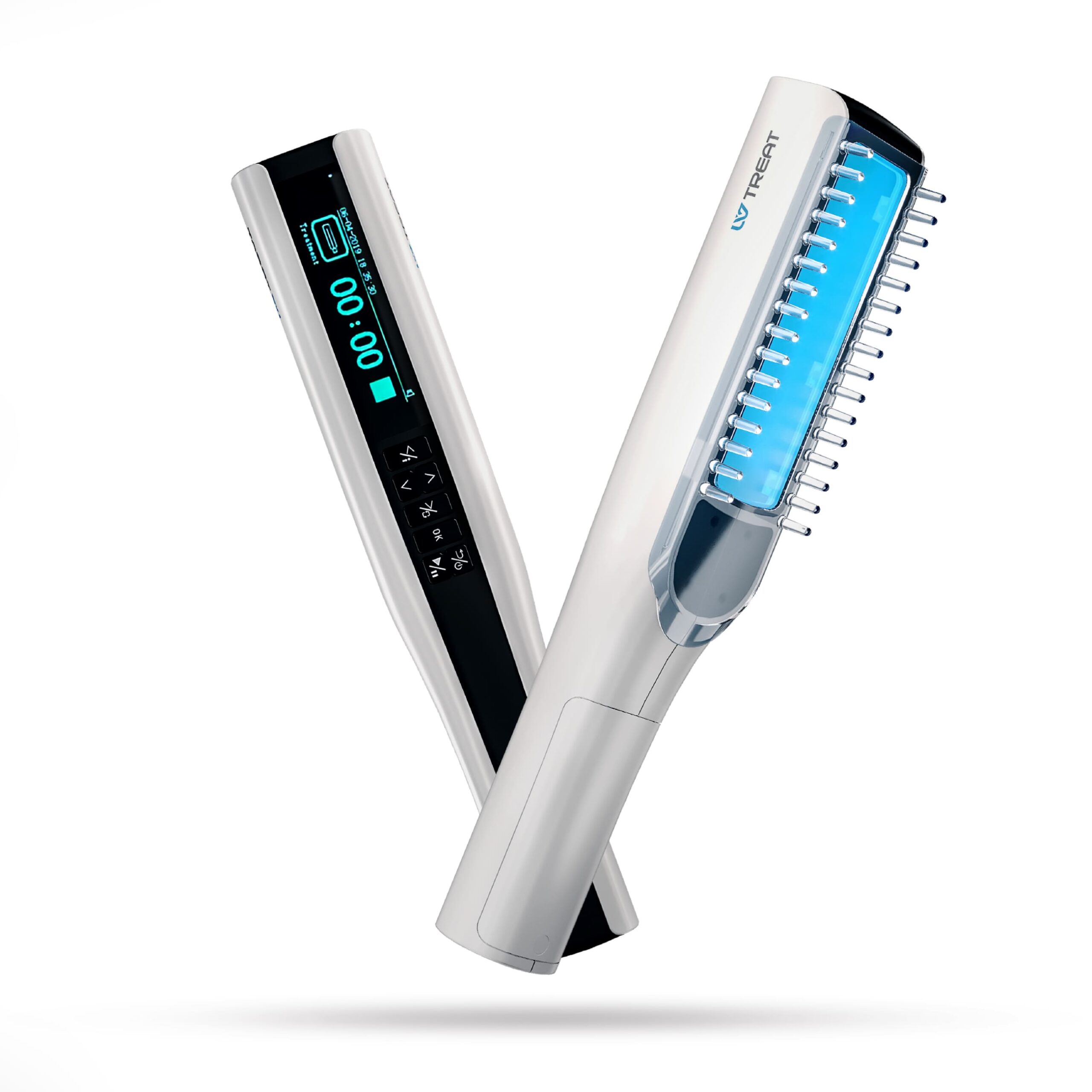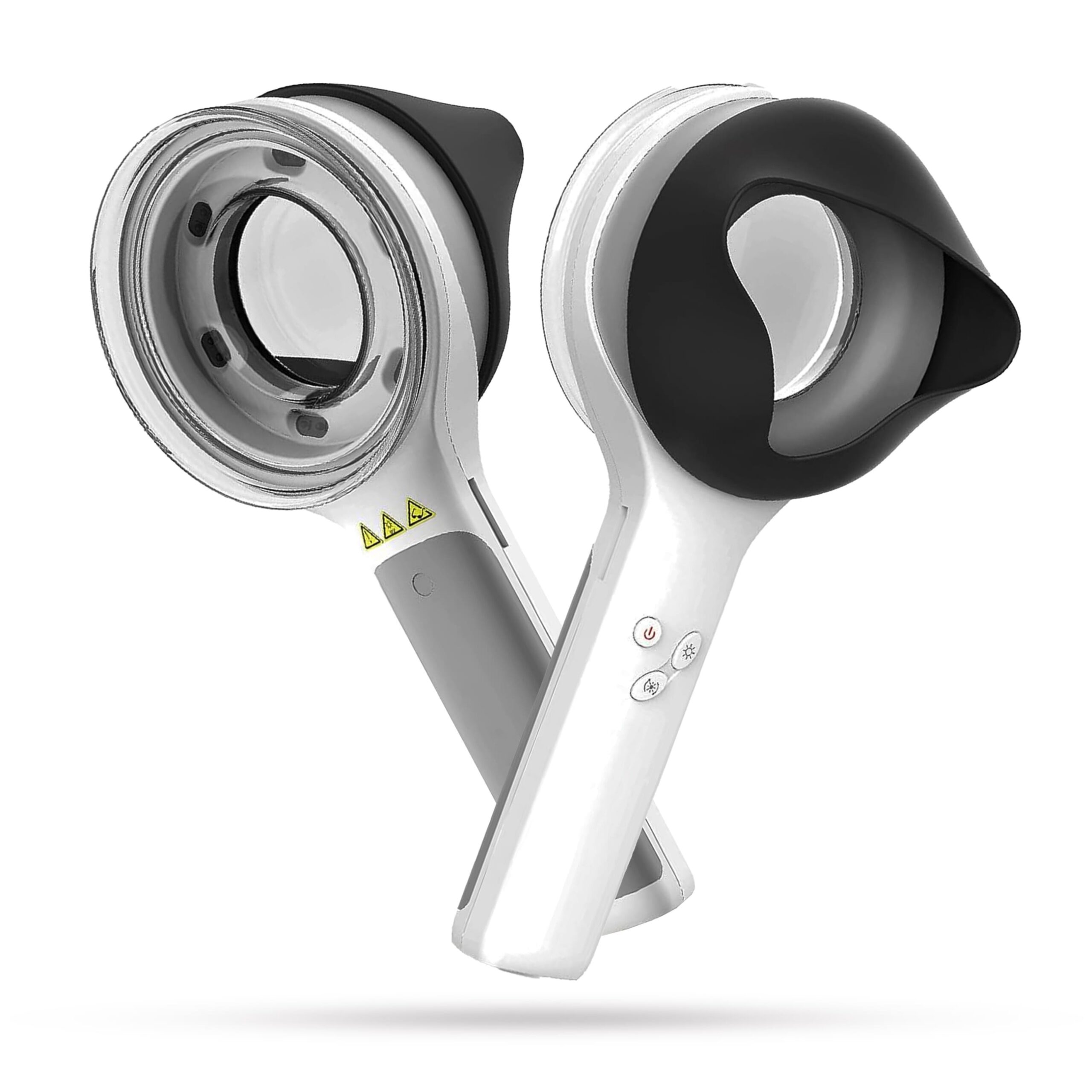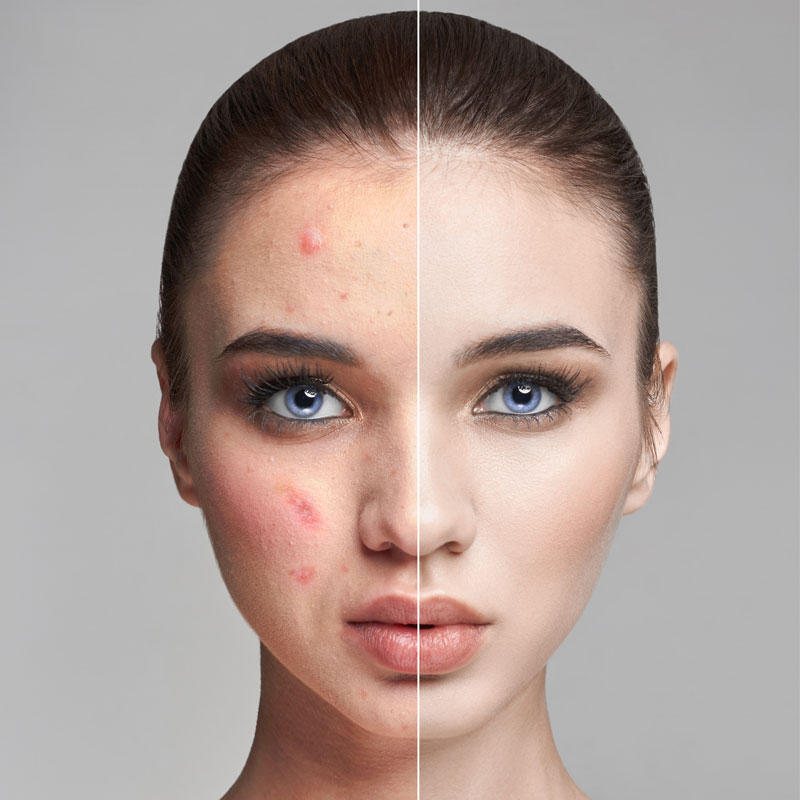Eleftheriadou and colleagues (2014) noted that hand-held NB-UVB units are light-weight devices that may overcome the need to treat vitiligo in hospital-based phototherapy cabinets, allowing early treatment at home that may enhance the likelihood of successful re-pigmentation.
The pilot Hi-Light trial examined the feasibility of conducting a large multi-center, randomized controlled trial (RCT) on the use of such devices by exploring recruitment, adherence, acceptability, and patient education.
This was a feasibility, double-blind, multi-center, parallel group RCT of hand-held NB-UVB phototherapy for the treatment of vitiligo at home. The overall duration of the trial was 7months; 3 months recruitment and 4 months treatment. Participants were randomly allocated to active or placebo groups (2:1 ratio).
The primary outcome measure was the proportion of eligible participants who were willing to be randomized. The secondary outcomes included proportion of participants expressing interest in the trial and fulfilling eligibility criteria, withdrawal rates and missing data, proportion of participants adhering to and satisfied with the treatment, and incidence of NB-UVB short-term adverse events.
A total of 83 % (45/54) of vitiligo patients who expressed interest in the trial were willing to be randomized. Due to time and financial constraints, only 29/45 potential participants were booked to attend a baseline hospital visit. All 29 (100 %) potential participants were confirmed as being eligible and were subsequently randomized.
Willingness to participate in the study for General Practice (family physicians) surgeries and hospitals were 40 % and 79 %, respectively; 86 % (25/29) of patients adhered to the treatment and 65 % (7/11) of patients in the active group had some degree of re-pigmentation. Only 1 patient in the active group reported erythema grade 3 (3 %).
Both devices (Dermfix 1000 NB-UVB and Waldmann NB-UVB 109) were acceptable to participants. The authors concluded that hand-held NB-UVB devices need evaluation in a large, pragmatic RCT. This pilot trial has explored many of the uncertainties that need to be overcome before embarking on a full scale trial, including the development of a comprehensive training package and treatment protocol. The study has shown strong willingness of participants to be randomized, very good treatment adherence and re-pigmentation rates, and provided evidence of feasibility for a definitive trial.
This trial was not intended as an efficacy trial.
Ashraf and colleagues (2022) noted that vitiligo may be treated with hospital-based phototherapy; however, this requires long-term frequent appointments. Self-treatment using home-based phototherapy is a convenient alternative, which may improve adherence and results, but evidence is limited, and so it is not routinely recommended.
In a systematic review, these investigators examined the safety and effectiveness of home-based phototherapy for vitiligo. They carried out searches on Medline, Scopus and the Cochrane Library for RCTs comparing home-based phototherapy with institution-based phototherapy or placebo/no phototherapy for vitiligo. The primary outcome was treatment effectiveness. CASP criteria were used for quality assessment.
Data were synthesized in a meta-analysis where appropriate. A total of 3 studies (195 subjects) were included: 2 compared home-based with institution-based phototherapy, and 1 compared home-based phototherapy with placebo. Studies were of mixed quality. Therapy regimes varied across studies. Findings on effectiveness were contradictory across studies with variable rates of re-pigmentation. There was no significant difference in re-pigmentation rates between the 2 groups, although adherence to treatment schedules was significantly better in home-based groups.
Adverse effects were significantly higher in home-based groups. No long-term data were reported on maintenance of treatment benefits. The authors concluded that although adherence to treatment was significantly better with home-based phototherapy, data were insufficient to form conclusions on effectiveness.
These researchers stated that home-based phototherapy had a significantly higher risk of adverse effects, making it difficult to recommend in clinical practice. However, as it offered logistical advantages for patients, its effectiveness alongside additional safety measures should be examined further in large-scale, good-quality RCTs, with standardized outcome measures, including patient-reported outcomes.
